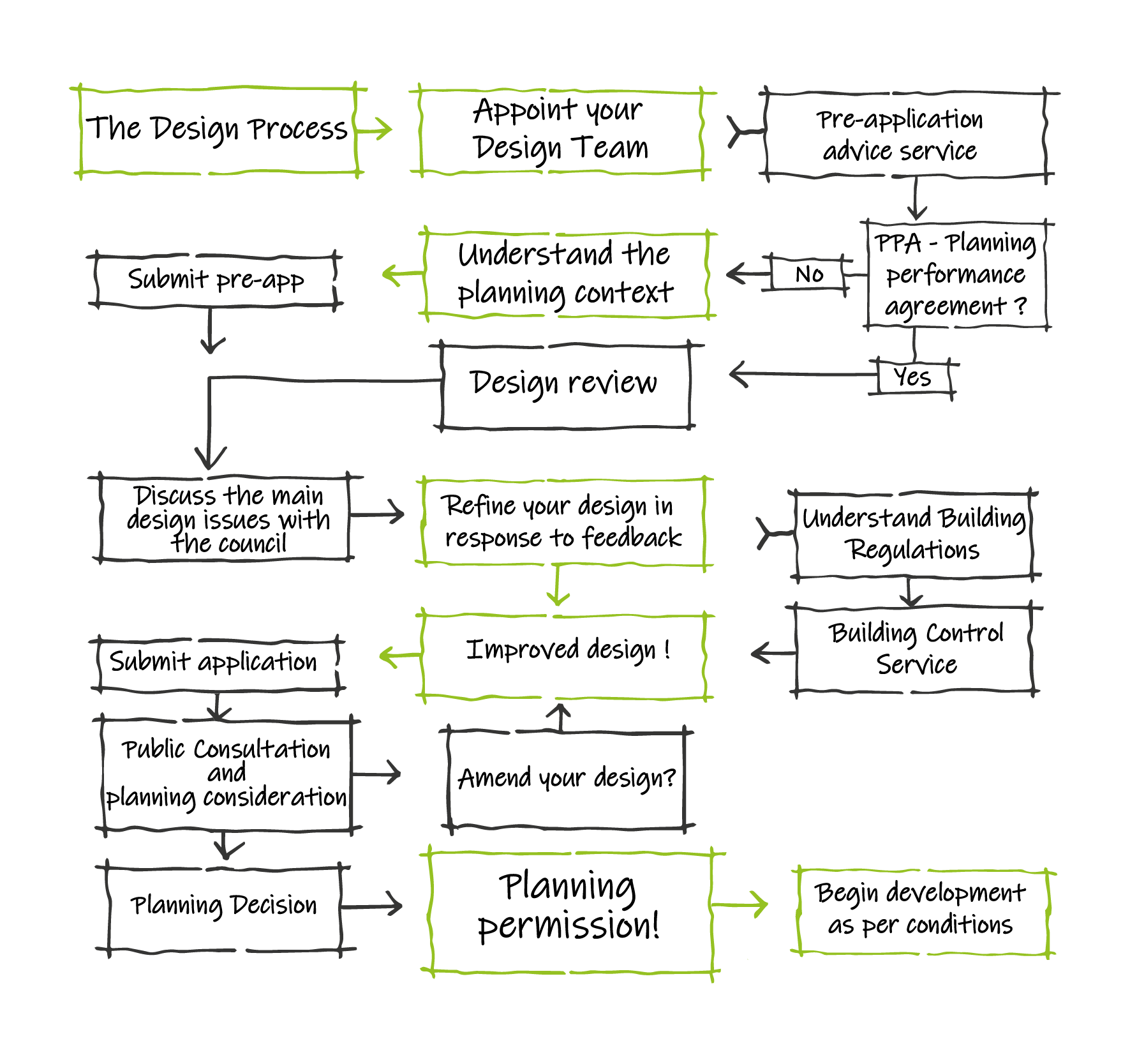Inform your design:
Development has an instant and lasting impact on a place and on its surroundings. The impact of all new development needs to be properly understood and addressed.
Specific technical studies need to be undertaken to understand the features of a site and its surrounding area. For example, surveys that assess the quality of trees, landscape, or geology, identify the presence of a particular habitat or species, or identify transport and movement information. The results of these studies need proper consideration and should inform the design of your development.



